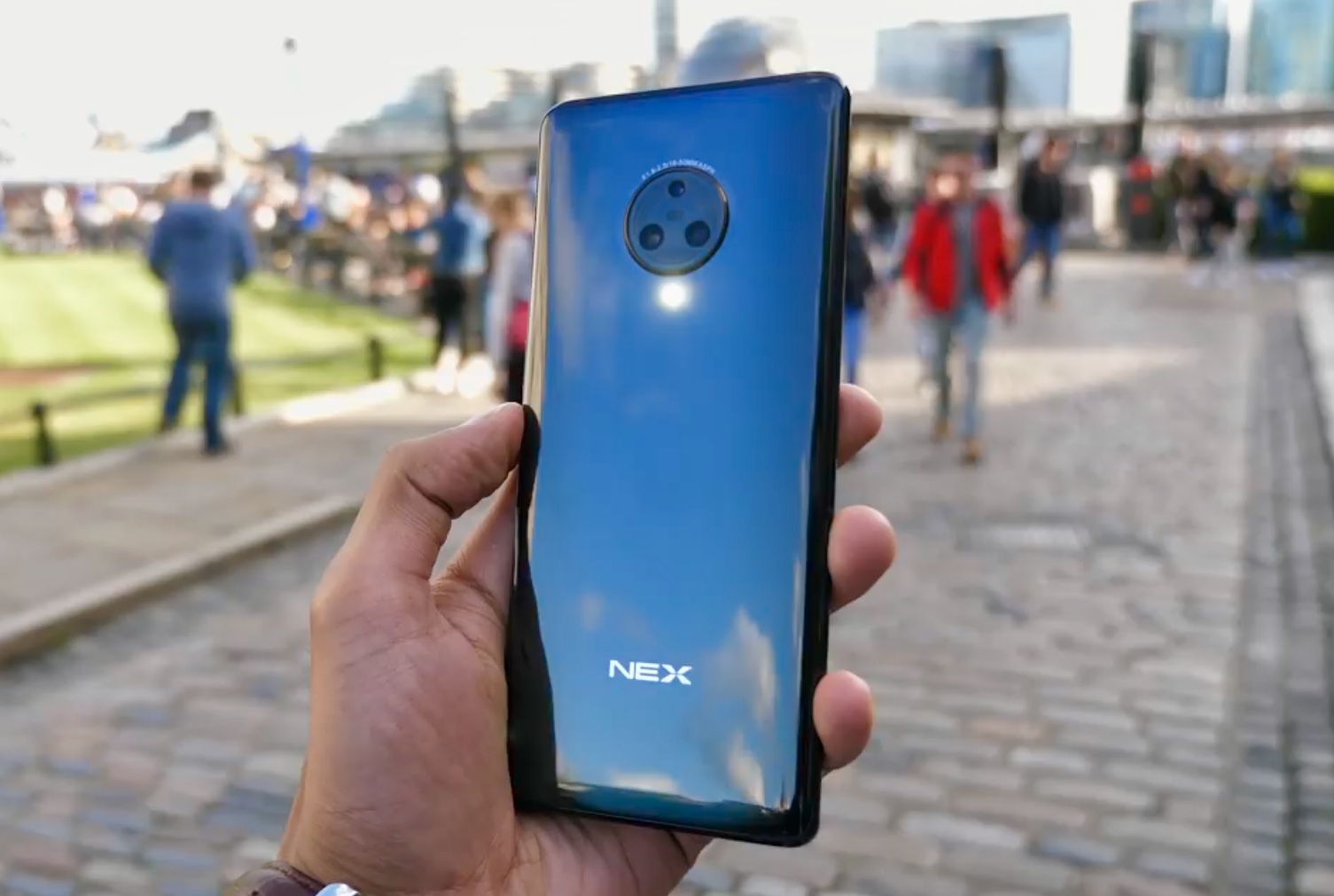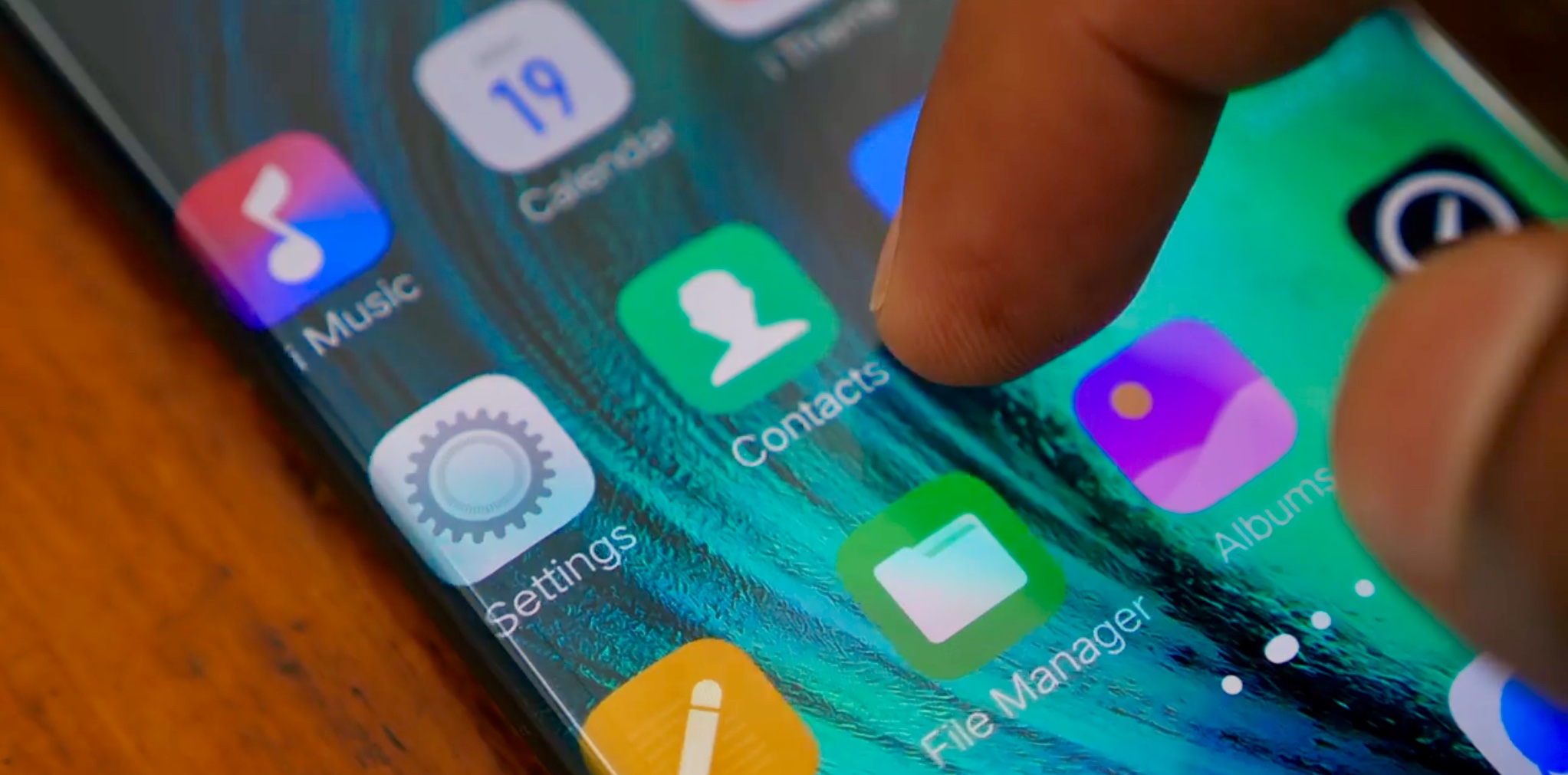The Vivo Nex 3 Packs 120W Charging, a 64MP Camera and a Headphone Jack
The Vivo NEX 3’s battery charging rate is insane, but can it last?
This is the Vivo NEX 3. It's a phone with a gorgeous symmetrical design and some really impressive specs, starting with an OLED display with 99.6% screen-to-body ratio, a 64MP rear camera, and 120W fast charging technology that will fully load its 4,000mAh battery in 13 minutes. Oh, and it has a 3.5mm headphone jack.
I don’t know what kind of physics spells the company has cast with its 120W Super FlashCharge technology, but it better have some graphene magic to avoid rapid battery deterioration after those fast charging cycles.
The NEX 3 — which will reportedly launch in September — is powered by a 7-nanometer Snapdragon 855+ processor running at 2.96GHz. The phone will allegedly come with built-in 5G support on its top variants, and 4G VoLTE on the rest.
The OLED screen covers 99.6% of its purely symmetrical front face. Its sides bend on a very tight curve, making them disappear into the edges. The icons, as you can see, fall off the sides as you scroll through the home screen. It’s yet to be seen how this will affect landscape applications that need the top or bottom to display information, — it would be a pain to check if it doesn’t do some kind of automatic letterboxing, especially when planing games. On the top, there's a pop-up selfie camera.

The Vivo NEX 3 will also have a 64-megapixel sensor on its back made by Samsung — the Isocell Bright GW1, a beast with a large 0.8-micrometer pixel size that can shoot 9,216 x 6,912-pixel photos with good lighting. Under low light conditions, the sensor uses tetracell technology, which groups pixels in fours, making it extremely sensitive to light even in the darkest conditions.
Talking about Samsung: the Korean company may have put the final nail in the 3.5-millimeter minijack’s coffin, but Vivo is keeping it on the NEX 3.

Vivo is perhaps the company that takes more risks the industry than any of its competitors, from the introduction of pop-up cameras and in-display fingerprint scanners to the adoption of dual screens to its completely seamless phone with a sound-emitting vibrating display with no ports whatsoever.
Get instant access to breaking news, the hottest reviews, great deals and helpful tips.
Aside from that waterfall display — which looks amazing, but we'll have to test it for ourselves — this phone seems like one of the hottest models of 2019.
Jesus Diaz founded the new Sploid for Gawker Media after seven years working at Gizmodo, where he helmed the lost-in-a-bar iPhone 4 story and wrote old angry man rants, among other things. He's a creative director, screenwriter, and producer at The Magic Sauce, and currently writes for Fast Company and Tom's Guide.

